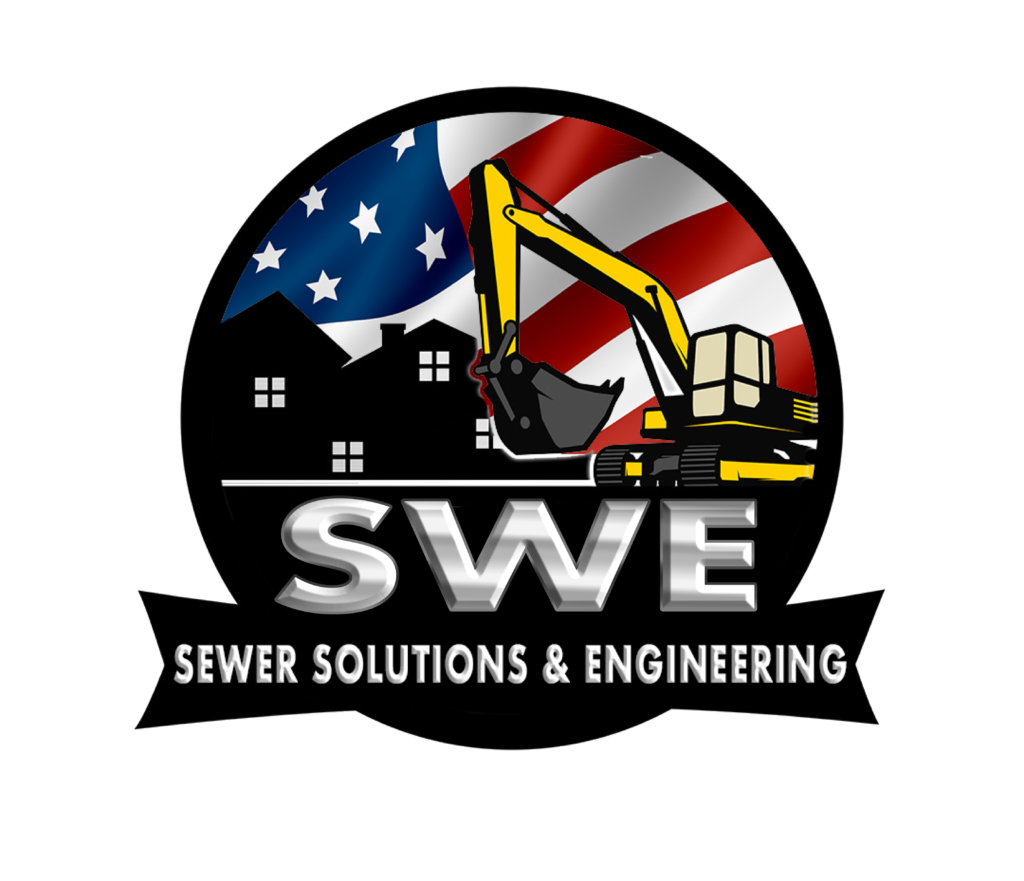Pipe lining is the rehabilitation of a pipe by relining it. It can be done by two methods. One is jointless seamless pipe lining, and the other is cured-in-place pipe rehabilitation. In both cases, the pipe remains in place. Pipe lining is a highly cost-effective option for rehabilitating a damaged pipe. Click here for more info.
CIPP pipe lining
CIPP pipe lining is a method for repairing pipes in buildings. A synthetic fabric liner is impregnated with a resin and forced into the pipe. Water and air pressure expands the liner and forms a new sewer pipe within the old one. The new sewer pipe is ready for use after a few hours.
CIPP liners are designed to last anywhere from 10 to 30 years. Proper installation is critical to the lining’s longevity. The material should be installed according to ASTM-F1216, an international benchmark. The method takes into account the geometry of the host pipe and the thickness of the liner.
The lining procedure involves the use of fiber reinforced fabrics or nonwoven polyester felt, which is saturated with polymer resin. This cures to form a close-fitting liner pipe within the host pipe. It is capable of withstanding loads from external groundwater as well as internal service pressure. The polymer resin used in CIPP is a combination of vinyl ester epoxy and silicate resin, and includes a chemical catalyst. The polymer film prevents damage to the pipe during installation.
CIPP lining
CIPP pipe lining is an alternative method of sewer pipe repair. This method is relatively simple and involves a special felt tube with an impermeable polyurethane coating. CIPP pipe liners are inserted inside of the host pipe using a SAK and are expanded with hot water or steam. The expanded liner seals tightly to the host pipe and the polyurethane coating forms a strong, smooth, and long-lasting pipe-within-a-pipe.
CIPP pipe lining requires no excavation and can be performed on most types of home pipes. It is an excellent alternative to traditional pipe repair methods and is highly effective in repairing damaged pipes. However, there are a few things you should know before deciding to have CIPP pipe lining performed. First, you should ensure that the pipe is completely free of obstructions and other issues that may make the process difficult or impossible.
Sewer pipe slip lining
A trenchless technique, sewer pipe slip lining is a relatively inexpensive way to repair your pipes. This method is suitable for larger diameter pipes, and can be installed on existing pipe infrastructure. Its use reduces the amount of digging required and can increase the life of your pipes by decades. Moreover, it is a fast, easy, and environmental-friendly alternative to traditional pipe replacement. Using slip lining to repair your pipes can save your property’s landscape and money as well.
A slip lining technique replaces a clogged sewer pipe by threading a new, smaller plastic pipe inside an existing pipe. This technique can cause flow issues if it’s not done properly, but it’s cheap and quick. It also eliminates the need for digging up the street for a replacement pipe.
Sewer pipe relining
Sewer pipe relining is a highly-effective method for repairing damaged pipes. It not only strengthens existing pipes but also prevents the need for costly repairs like repaving streets and concrete repair. It is also more affordable than replacing the pipe entirely. Sewer pipe relining is an option for homeowners and businesses who wish to avoid the expense and inconvenience of replacing the old pipe. Sewer pipe relining is a process which requires the expertise of a professional plumber.
The process of sewer pipe relining is a much faster and easier alternative to trenching and replacing pipes. In this method, a small tube coated with epoxy resin is inserted into the damaged pipe and inflated to flush with its walls. The resin then adheres to the tube and forms a hard protective layer in the damaged area of the pipe. The process also seals the damaged area.
Symptoms of CIPP lining
CIPP lining is a process that experienced plumbers use to rehabilitate water and sewer lines without the need for trenching. This process uses a high-strength epoxy resin to seal off damaged pipes and restore water flow. Some signs that your piping system is in need of CIPP lining include odors and sediments, sluggish draining sinks and bathtubs, and unusual sounds. If these problems persist, you may need to call a plumbing professional to perform this process.
While the CIPP lining process is relatively safe, there are some risks associated with it. While the CIPP industry has routinely said the process is entirely safe, a recent study funded by the National Science Foundation investigated the airborne emissions caused by pipe-lining installations. The study found 59 cases where workers reported odors or became sick due to CIPP-related emissions. Browse next article.

